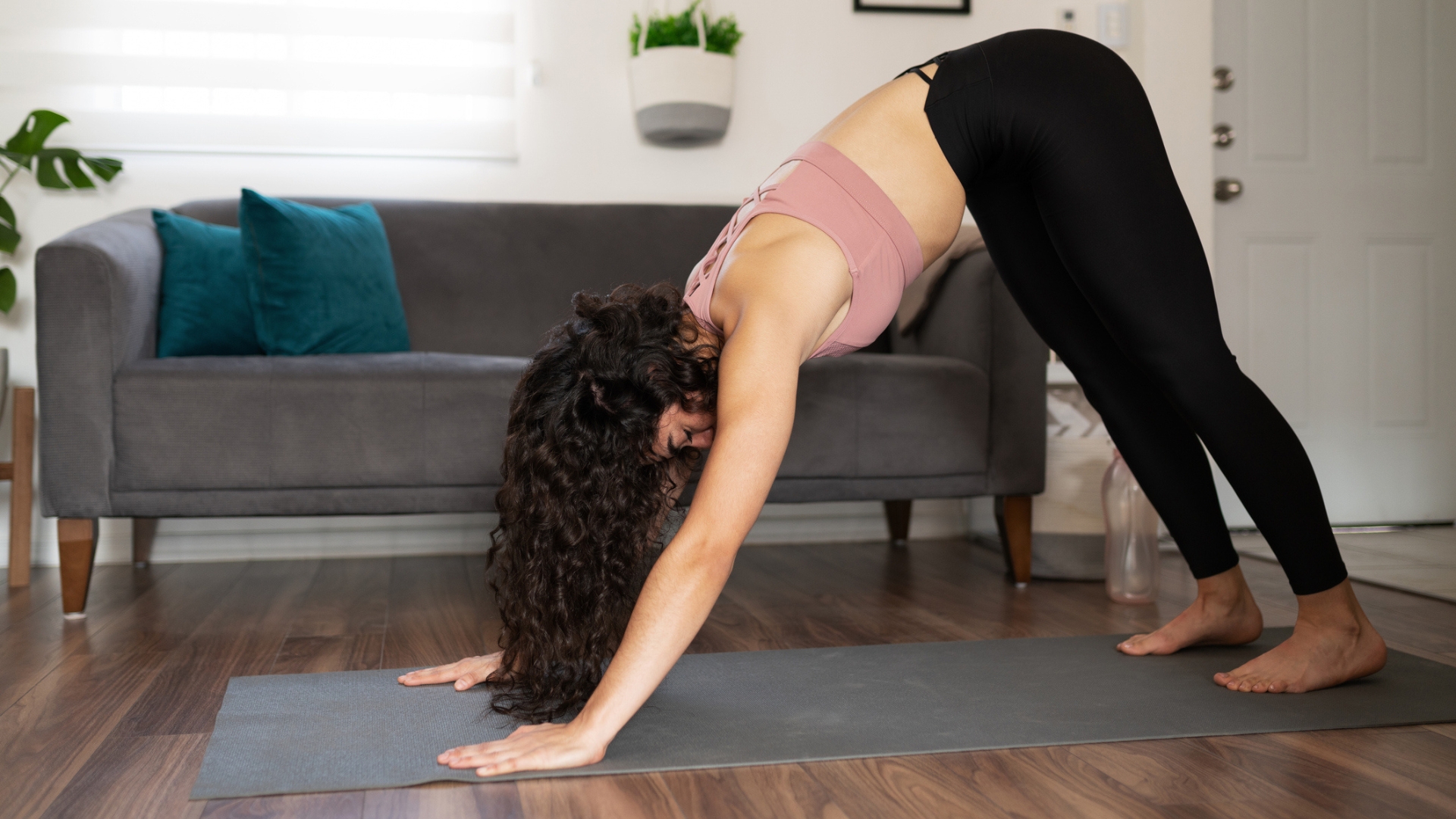Seasonal affective disorder hits 16 million Americans every year. Here’s how to beat it
Seasonal affective disorder is more common than you think. Here's some strategies to fight it off this winter


Do you suffer from seasonal affective disorder? Better known as SAD, it's a condition which is essentially seasonal depression: during the winter months, a sufferer's mental health takes a turn for the worst.
If so, you're not alone, and it may be time to invest in one of the best SAD lamps. According to the Cleveland Clinic and the National Institute of Mental Health, around 5% of Americans – approximately 16.5 million – may have the condition, some without even knowing it. That's a lot of people. Symptoms are similar to depression, in that you could feel morose or apathetic for part of the day, loss of interest in formerly pleasurable activities, or changes in appetite or sleep.
If you're one of the millions of people who have begun feeling down as winter is drawing in, knowing this is happening to lots of other people, and that it's perfectly normal, might be a comfort, and it's the same all around the world. The UK's NHS estimates it affects two million Britons and a further 12 million people across the rest of Europe.

With so many suffering, how do we manage the condition? For starters, it's important to get enough vitamin D into your body, known as the "sunshine vitamin". Vitamin D has been strongly linked with improved mood, and winter is when we tend to absorb less of this vitamin through sunshine.
One way of doing this is to get out on sunny days, going for a walk or run where you can. Lacing up a pair of the best shoes for walking and hitting the great outdoors can be a real mood-booster, as just 20 minutes in nature has been found to lower the stress hormone cortisol and improve feelings of well-being, according to Harvard University. You could also try taking a vitamin D tablet to top up your levels, or opt for a sunlight-simulating lamp.
Depression is a difficult thing to live with. We'd never be so flippant as to say eating healthily, meditation and exercising will make these feelings vanish. However, a healthy routine and positive lifestyle interventions have been linked to a reduction in depressive symptoms.
Even if it won't address the root cause of the issue, a healthy diet, regular exercise and mindfulness might help to manage the symptoms. For more info, you can try our how to meditate guide, which can help you complete your first two-minute session.
Get the Fit&Well Newsletter
Start your week with achievable workout ideas, health tips and wellbeing advice in your inbox.
Matt Evans is an experienced health and fitness journalist and is currently Fitness and Wellbeing Editor at TechRadar, covering all things exercise and nutrition on Fit&Well's tech-focused sister site. Matt originally discovered exercise through martial arts: he holds a black belt in Karate and remains a keen runner, gym-goer, and infrequent yogi. His top fitness tip? Stretch.
-
 A Pilates instructor says this is the beginner-friendly core exercise everyone should try
A Pilates instructor says this is the beginner-friendly core exercise everyone should tryForget crunches, this is the perfect foundation move
By Alice Porter Published
-
 Prevent poor posture and release tension from sitting down with these four simple stretches from a yoga instructor
Prevent poor posture and release tension from sitting down with these four simple stretches from a yoga instructorThe daily poses he swears by, no matter what
By Alice Porter Published